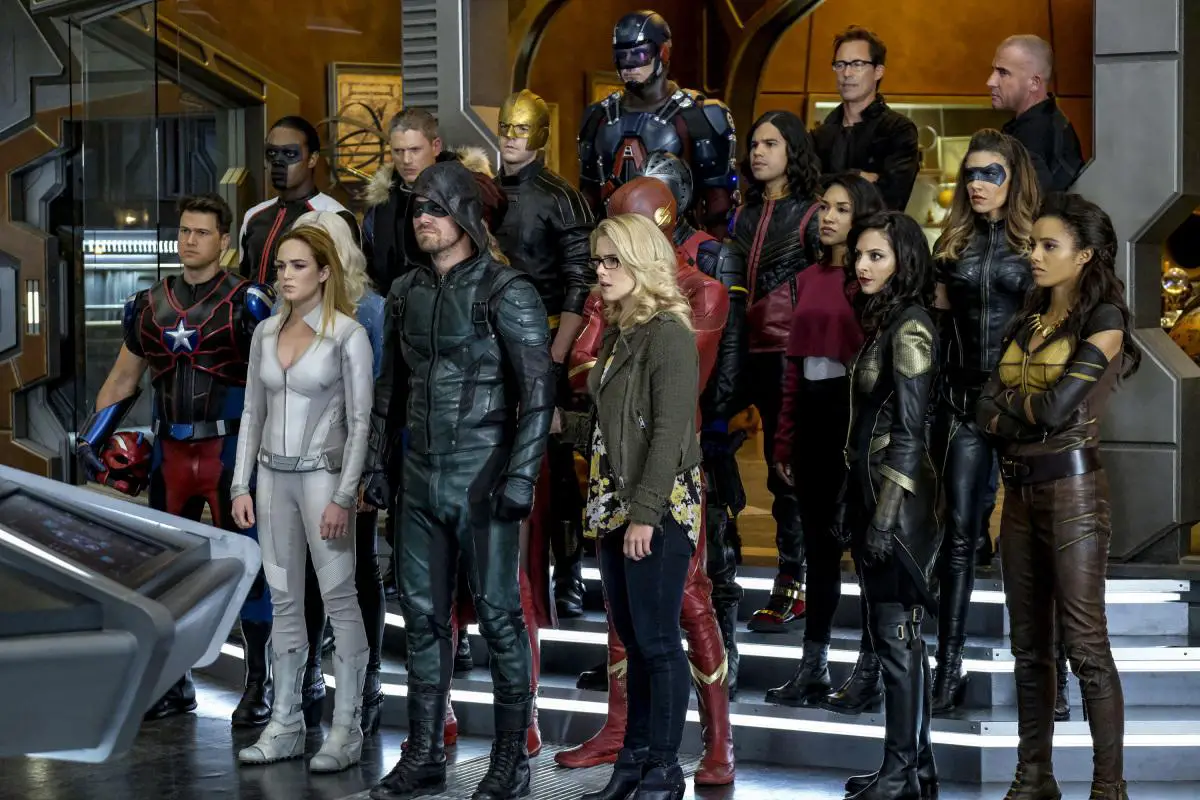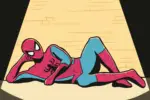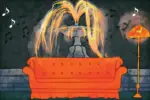Ever since “Arrow” and “The Flash” started airing on the same channel, crossovers have become an annual event for both shows. These collaborations began with character sharing, which still occurs, an element of “Arrow” and “The Flash” that contributes to the idea of a connected universe.
However, with the addition of “Supergirl,” a quasi-Justice League began to form, with the showrunners using the characters available to DC’s TV division to expand the universe on The CW, which now consists of six shows: “Arrow,” “The Flash,” “Supergirl,” “Legends of Tomorrow,” “Black Lightning” and “Batwoman.”
https://www.instagram.com/p/B1gzUrJls-g/?utm_source=ig_web_copy_link
All of the above-mentioned shows feature lesser-known characters than DC’s major characters (i.e. Superman, Batman and Wonder Woman), but The CW has crafted an epic, meticulously connected world, which even includes a multiverse. This year, DC’s TV division will tackle one of DC Comics’ most iconic crossover events, one that led to a continuity wide reboot. And that event is “Crisis on Infinite Earths.”
Last year in “Elseworlds,” a four-night crossover event, Barry Allen (The Flash), Oliver Queen (Green Arrow), Kara Danvers (Supergirl) and their respective supporting characters tussled with the Monitor, a character who possessed a near-infinite amount of power and was capable of warping reality.
Notably, “Legends of Tomorrow” and “Black Lightning” were excluded from the event; “Black Lightning” seems to exist in a separate universe than the one Supergirl lives in — it’s complicated. However, the crossover did include Superman, a recurring character in “Supergirl,” and introduced Bruce Wayne’s cousin Kate Kane, who now stars in the “Batwoman” show that debuted this fall. Now, the third season’s crossover, which airs in December and January, will continue the plotlines from “Elseworlds.”
https://www.instagram.com/p/B3PhgNCH8c8/?utm_source=ig_web_copy_link
Unlike previous crossovers, which hyped up villainous versions of heroes, epic fights and wacky situations, “Crisis on Infinite Earths” seems to be headed down the serious route. At the conclusion of “Arrow” Season 7, Oliver was visited by the Monitor and asked to give up his life in order to save the other heroes. Similarly, at the end of “Supergirl” Season 3, the Monitor resurrected the previously dead Lex Luthor and unleashed the Martian Manhunter’s secret brother onto the world.
Meanwhile, the Monitor also appeared in the first episode “The Flash” Season 6, revealing that for billions to survive the Crisis event “The Flash must die.” As such, the multiple appearances of the Monitor suggest that the “Crisis on Infinite Earths” crossover will tie into the season arcs of all three shows.
In the original source material, the “Crisis on Infinite Earths” storyline in the comics was the first of several sweeping crossover events that rebooted the DC universe. Written by Marv Wolfman and penciled by George Pérez, the intent was to consolidate alternate earths and versions of the characters that had developed over previous years in order to create accessibility for new readers, while also providing a satisfying read for longtime fans.
In retrospect, although the creative and commercial benefits of this decision are debatable, The CW does not seem interested in having that conversation seeing as the network already greenlit the upcoming television crossover event.
Instead, The CW is pushing forward with its own version of the event. “Crisis on Infinite Earths” promises to provide more alternate versions of characters than ever before, in addition to Easter eggs for fans of comic book adaptations.
Previously, viewers have witnessed characters hop between different worlds and meet villainous versions of themselves, but The CW has also re-casted actors from previous superhero media in new roles. Most notably, Brandon Routh, who played Superman in the ill-received “Superman Returns,” now plays Ray Palmer (aka The Atom) in “Legends of Tomorrow.”
Set photos and press releases show this “Crisis on Infinite Earths” will feature a seemingly infinite number of guest stars and cameos; standouts include the cast of “Black Lightning” in their crossover debut, Burt Ward — who played Robin on the 1966 series “Batman” — and Kevin Conroy, best known for his voice performances as Batman in “Batman: The Animated Series” and “Batman Beyond.”
Additionally, “Smallville” alumni Tom Welling and Erica Durance will appear as Clark Kent and Lois Lane respectively, and Ashley Scott is set to reprise her role as Helena Wayne (aka Huntress) from the little known series “Birds of Prey.”
Other highlight guest stars include John Wesley Shipp, who played Barry Allen on the 1990 series “The Flash” and returned to CW’s “The Flash” as Dr. Henry Allen; the Jay Garrick version of the Flash from Earth-3 is rumored to be wearing his old 1990 Flash suit. Furthermore, Routh will suit up again as a Superman from “Kingdom Come,” which is a renowned DC comic book miniseries. Needless to say, the particulars are a little overwhelming.
Comparable to Marvel’s “Infinity War” and “Endgame,” The CW’s crossovers aim for an outsized spectacle, the thrill that accompanies seeing recognizable superheroes battling with a nearly undefeatable foe — the events incite an energetic feeling akin to the imaginary battles between action figures in your childhood. Nevertheless, many of the shows’ regular characters accompany rich, complicated backstories that deserve more focus and room to breathe.
For example, 2018’s “Elseworlds” featured a scene where Barry, Oliver and Kara discussed their problems and bickered while hiding out on Clark Kent’s farm in Smallville. Although the scene was brief, it was satisfying in the way that relied on the actors’ performances and years of familiarity with the characters; it was a relieving break from the low-budget CGI battles.
Overall, The CW’s “Crisis on Infinite Earths” and “Arrowverse” might never achieve the cultural influence of the Marvel Cinematic Universe, but it is remarkable how much DC’s television series have been able to achieve within their constraints. Clearly the showrunners have captured the attention of the fans, because The CW stays constant every year by introducing more characters and TV shows.
Granted, a fraction of this success and budget increase is due to a deal with Netflix that allows The CW to release full seasons of their shows on the streaming platform within weeks of finishing their initial run; other beneficial factors include syndication deals with channels like TNT, as well as backing from Warner Brothers, their parent company. All in all, DC characters and their complicated world have helped The CW remain competitive and relevant in the world of traditional TV.















